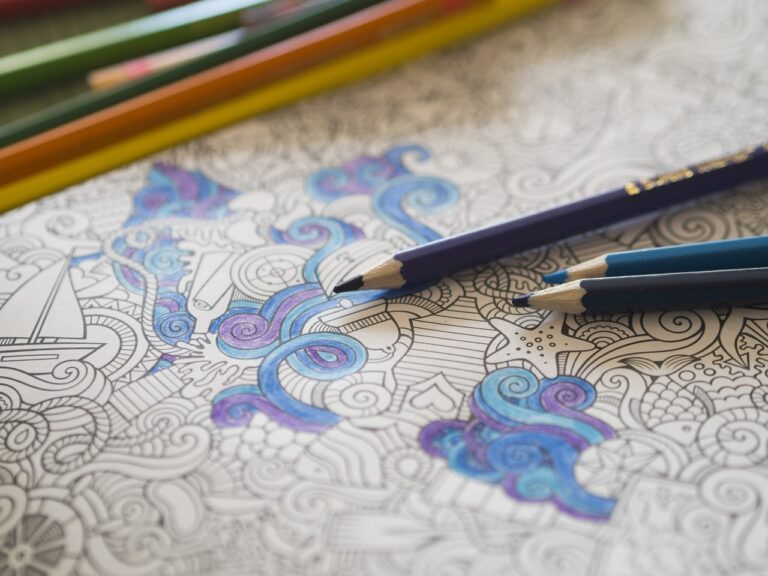Implementing Universal Design for Learning Principles
Universal Design for Learning (UDL) is a framework aimed at making educational environments accessible and beneficial for all learners. The core principles of UDL recognize that individuals have different learning needs and preferences, and aim to provide multiple means of engagement, representation, and action and expression to address these variabilities. This approach emphasizes the importance of flexibility in instruction to support diverse learners’ needs and promote inclusive education practices.
One key principle of UDL is providing multiple means of representation, allowing learners to access information and materials in various formats. This principle recognizes that individuals perceive and comprehend information differently, and by offering content in different forms such as visual, auditory, and tactile, educators can cater to a broader range of learners’ needs. Additionally, UDL emphasizes the need for multiple means of engagement to motivate learners and enhance their interest and involvement in the learning process. By offering choices in how students interact with the content and demonstrating the relevance of the material to their lives, educators can increase learners’ engagement and optimize their learning experiences.
Exploring the Benefits of Implementing UDL in Education
Implementing Universal Design for Learning (UDL) in education offers a myriad of benefits that cater to diverse learners in the classroom. By embracing UDL, educators can create an inclusive environment where all students can thrive academically. This approach not only supports students with disabilities but also benefits those with varying learning styles and preferences.
Furthermore, implementing UDL leads to increased student engagement and motivation. By providing multiple means of representation, expression, and engagement, educators empower students to take ownership of their learning. This enhanced engagement fosters a positive learning experience and encourages students to reach their full potential, ultimately contributing to a more equitable and inclusive educational setting.
Strategies for Creating Multiple Means of Representation
When aiming to create multiple means of representation in education, it is crucial to consider the diverse needs of all learners. One effective strategy is to incorporate various multimedia elements, such as audio, visuals, and hands-on activities, to present information in different formats. By providing learning materials in diverse ways, educators can help students engage with the content using their preferred mode of learning.
Another useful approach in creating multiple means of representation is to offer alternative explanations and examples to cater to the different learning styles in a classroom. This can include providing written instructions along with verbal explanations, offering real-life examples in addition to theoretical concepts, and incorporating group discussions alongside individual work. By presenting information through a variety of methods, educators can support students in making connections, retaining information, and enhancing their overall learning experience.
• Incorporate various multimedia elements, such as audio, visuals, and hands-on activities
• Provide learning materials in diverse ways to engage students using their preferred mode of learning
• Offer alternative explanations and examples to cater to different learning styles in a classroom
• Provide written instructions along with verbal explanations
• Offer real-life examples in addition to theoretical concepts
• Incorporate group discussions alongside individual work for a variety of methods
What are the core principles of Universal Design for Learning (UDL)?
The core principles of UDL include providing multiple means of representation, multiple means of action and expression, and multiple means of engagement to support all learners.
How can implementing UDL benefit education?
Implementing UDL in education can benefit students by providing them with multiple ways to access and engage with content, ultimately leading to increased academic success and improved overall learning outcomes.
Can you provide some strategies for creating multiple means of representation?
Some strategies for creating multiple means of representation include utilizing various multimedia resources, providing different modes of instruction (visual, auditory, kinesthetic), and offering alternative formats for content (text, video, images).







